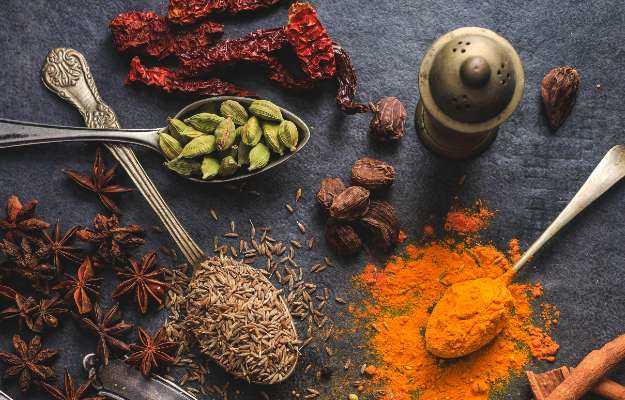Black cardamom, also called badi elaichi or moti elaichi in Hindi, is a dark brown pod with black seeds inside it. Also called Bengal elaichi, it is a popular spice native to the eastern Himalayas.
The modern-day cultivation of black cardamom is concentrated around parts of Darjeeling, southern Bhutan, Sikkim and eastern Nepal. It is also cultivated in parts of Uttarakhand and the North-Eastern states.
The ancient Chinese used it as medication for malaria and stomach disorders. Similarly, black cardamom was for the therapy of jaundice in traditional Indian medicine.
India is the largest producer and exporter of badi elaichi in the world. It occurs in at least two distinct varieties, Amomum subulatum and Amomum tsao-ko. While the bigger pods of A. tsao-ko (Lanxangia tsaoko) are used in Chinese and Vietnamese cuisine, A. subulatum is widely used in South Asian dishes, particularly in India and Pakistan.
Its distinct smoky flavour is enhanced by traditional techniques to dry it over an open flame. Owing to this, it is not used to flavour sweet dishes, unlike the small green cardamom. The most common use of the spice is in exotic savoury meat dishes such as biryani. Continue reading to find out more about the black cardamom, it’s benefits, nutrition and side effects.
Some basic facts about black cardamom:
- Scientific name: A. subulatum
- Family: Zingiberaceae
- Common names: Badi elaichi, moti elaichi, kali elaichi, greater cardamom, big cardamom, black cardamom,
- Parts used: Fruits, leaves, seeds
- Native region: Eastern Himalayas
- Geographical distribution: Grows in the North-East Indian states, Darjeeling, Nepal and Bhutan, among other places.






























